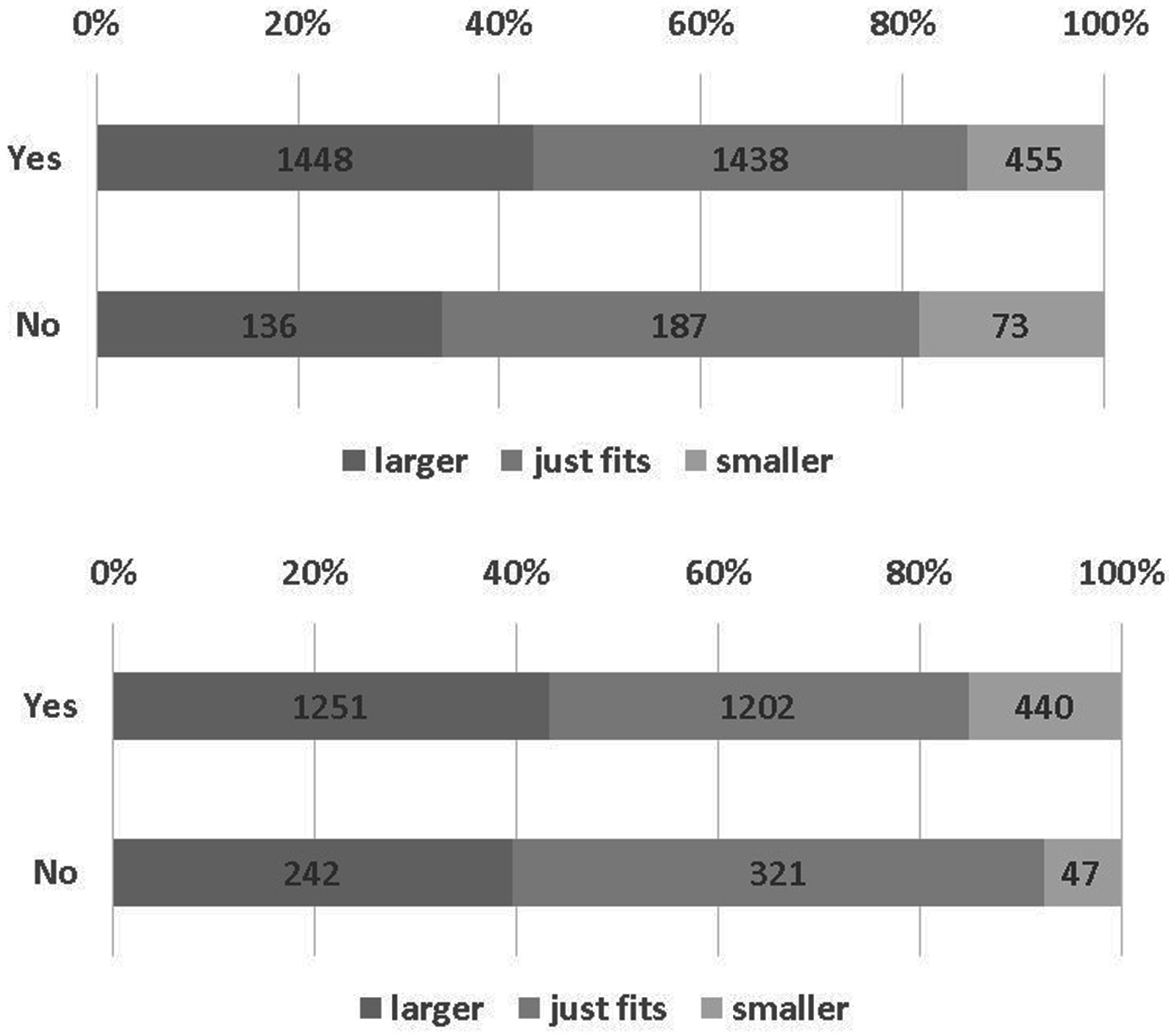
Figure 1. Answers to the questionnaire and the results of YUBI-WAKKA test (Chi-square test). Question 1 (upper): Did you explain your patients how to do the YUBI-WAKKA test? P < 0.001 by Chi-square test. Question 2 (lower): Did your patients do the YUBI-WAKKA test under observation of medical staff? P < 0.001 by Chi-square test. It indicates that the null hypothesis was rejected between the distributions of the two groups.